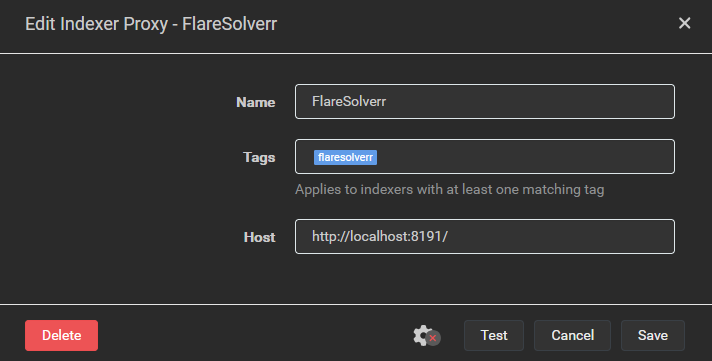

Keep in mind that Larry Ellison is fundamentally incapable of caring whether or not “citizens will be on their best behavior.” The only reason he would say a thing such as this is because he sees an opportunity to make money from such a system.
Do not fall into the trap of anthropomorphising Larry Ellison. You need to think of Larry Ellison the way you think of a lawnmower. You don’t anthropomorphize your lawnmower, the lawnmower just mows the lawn, you stick your hand in there and it’ll chop it off, the end. You don’t think ‘oh, the lawnmower hates me’ – lawnmower doesn’t give a shit about you, lawnmower can’t hate you. Don’t anthropomorphize the lawnmower. Don’t fall into that trap about Oracle.
- Brian Cantrill (https://youtu.be/-zRN7XLCRhc?t=33m1s)





Oh I’m streets ahead, I never took him at his word in the first place.